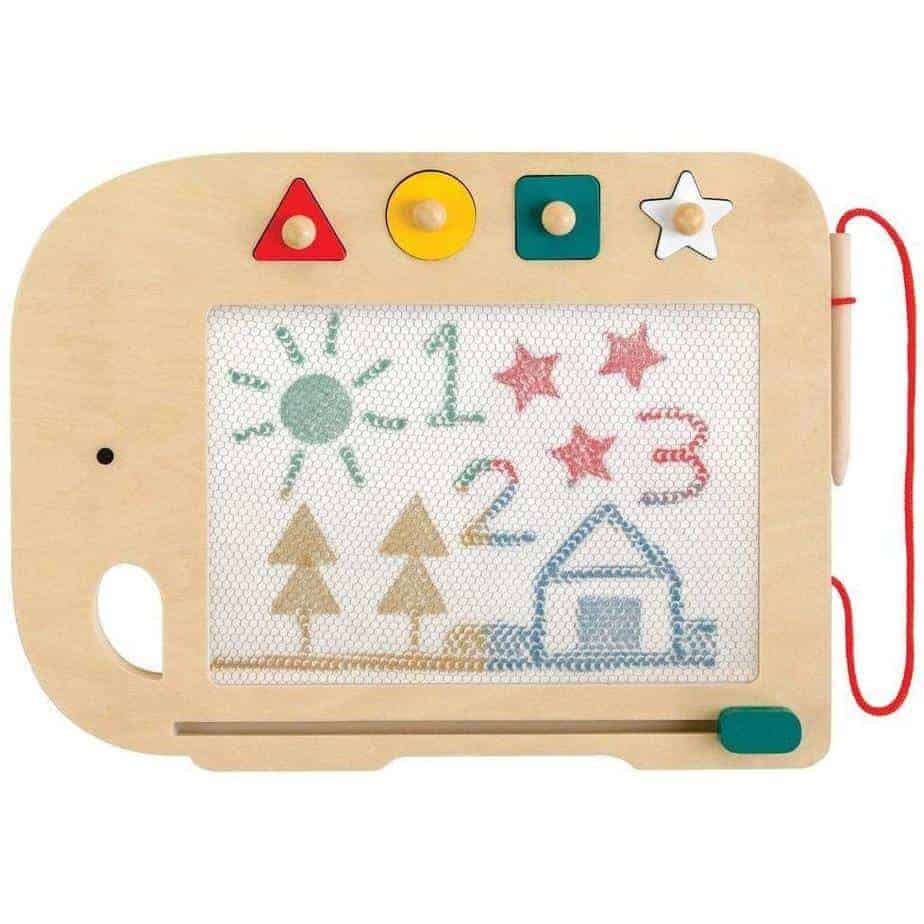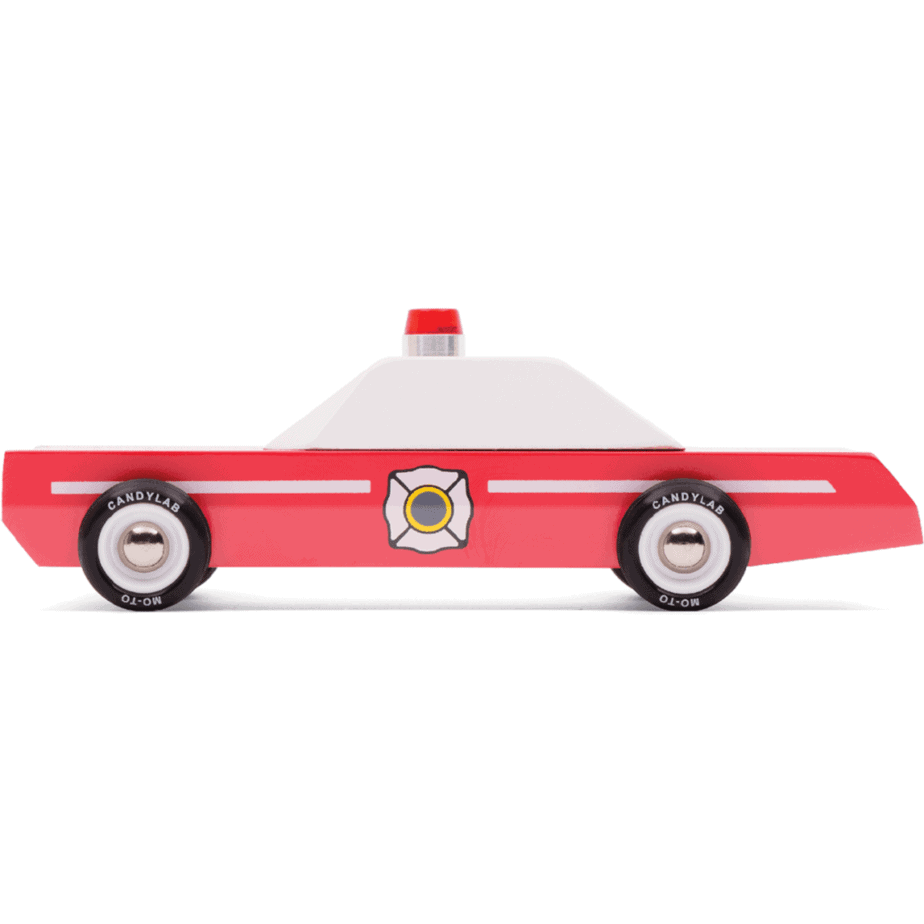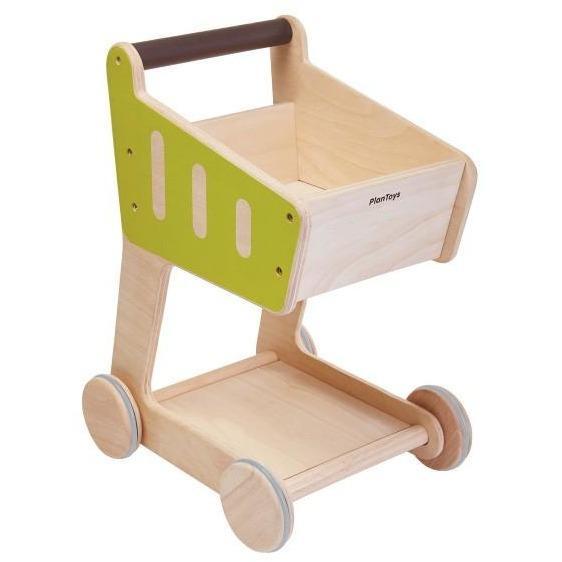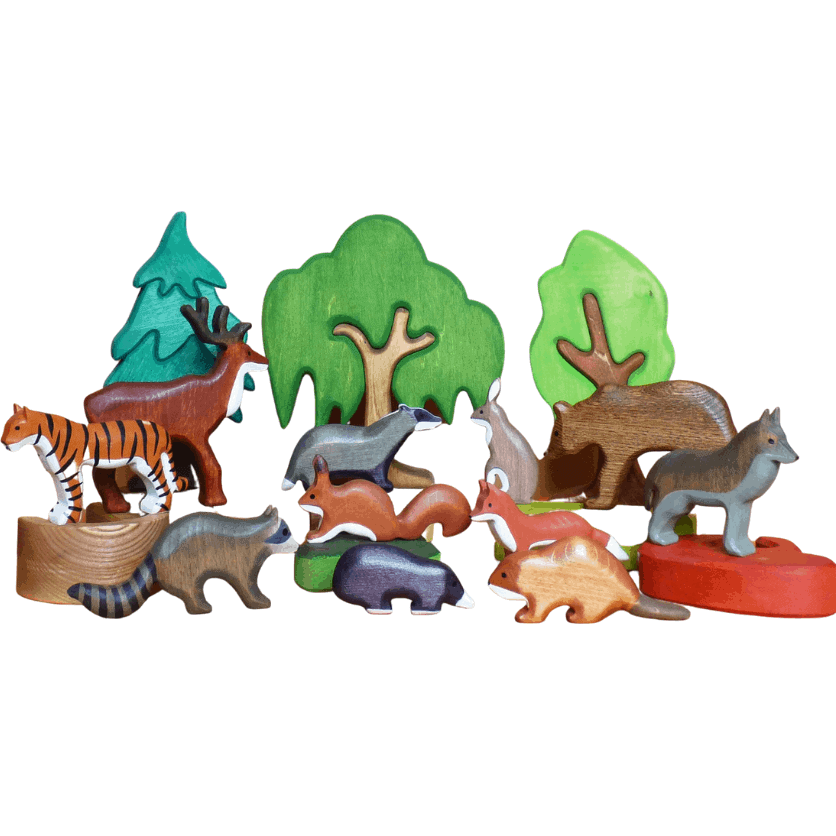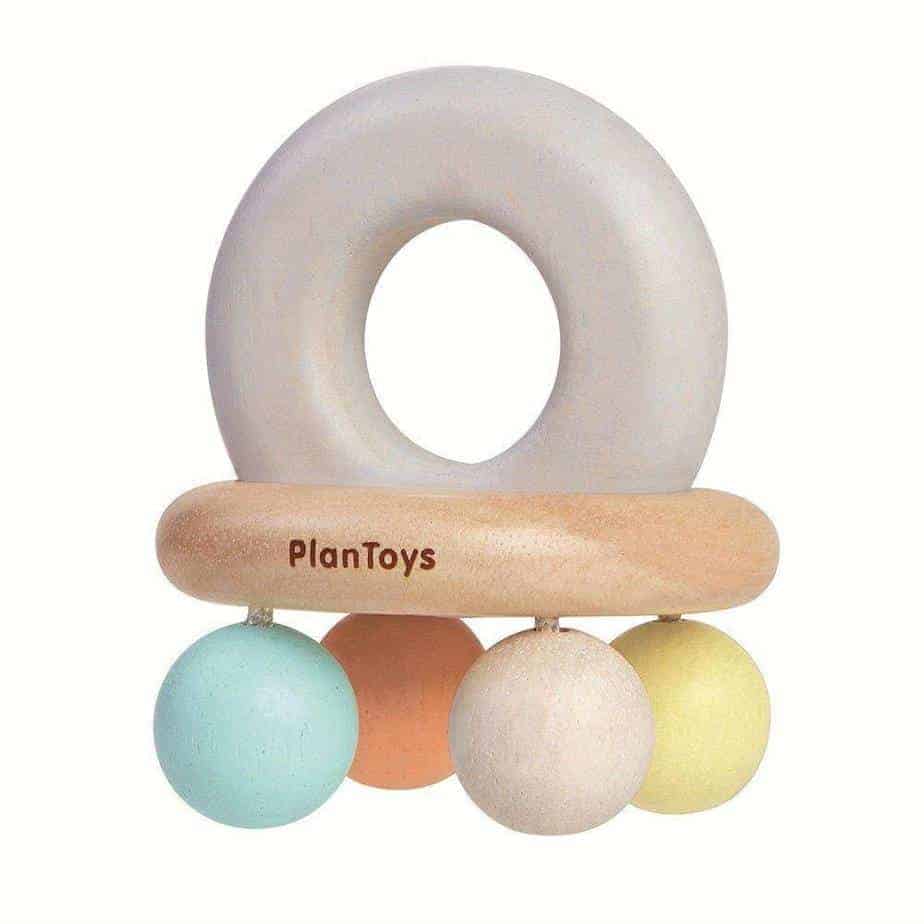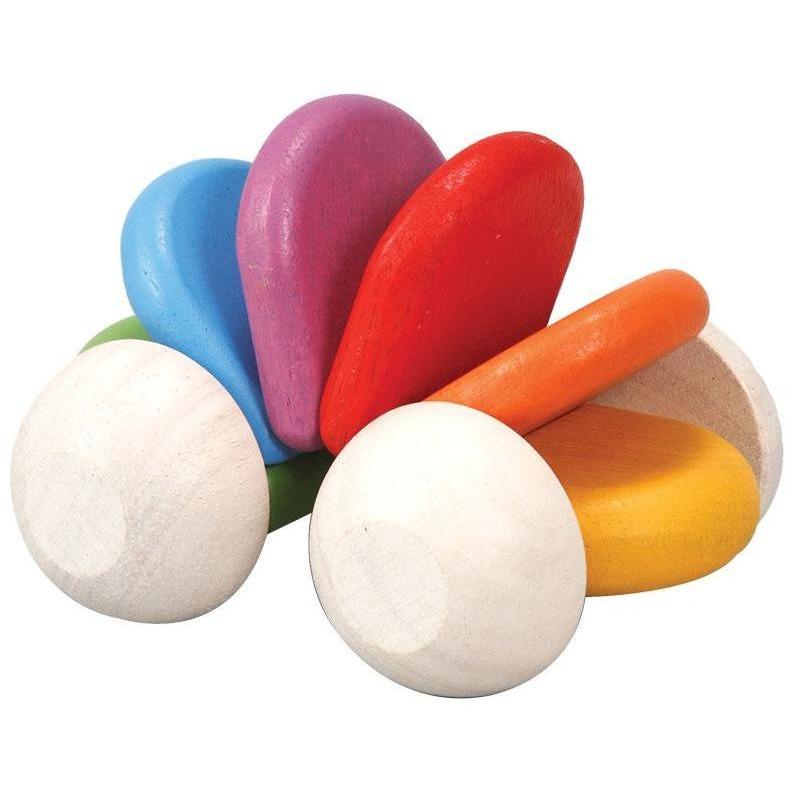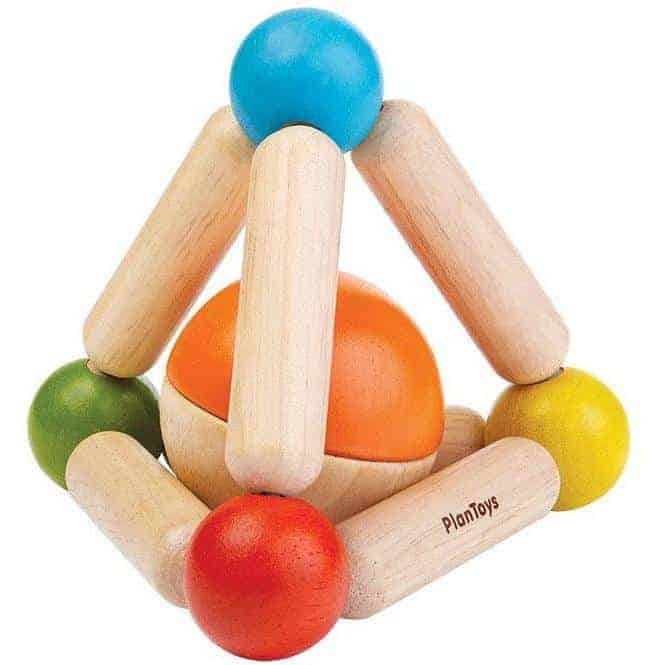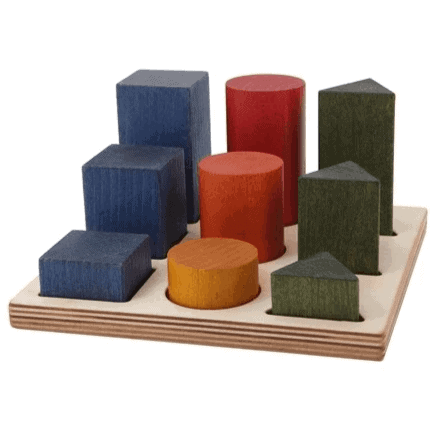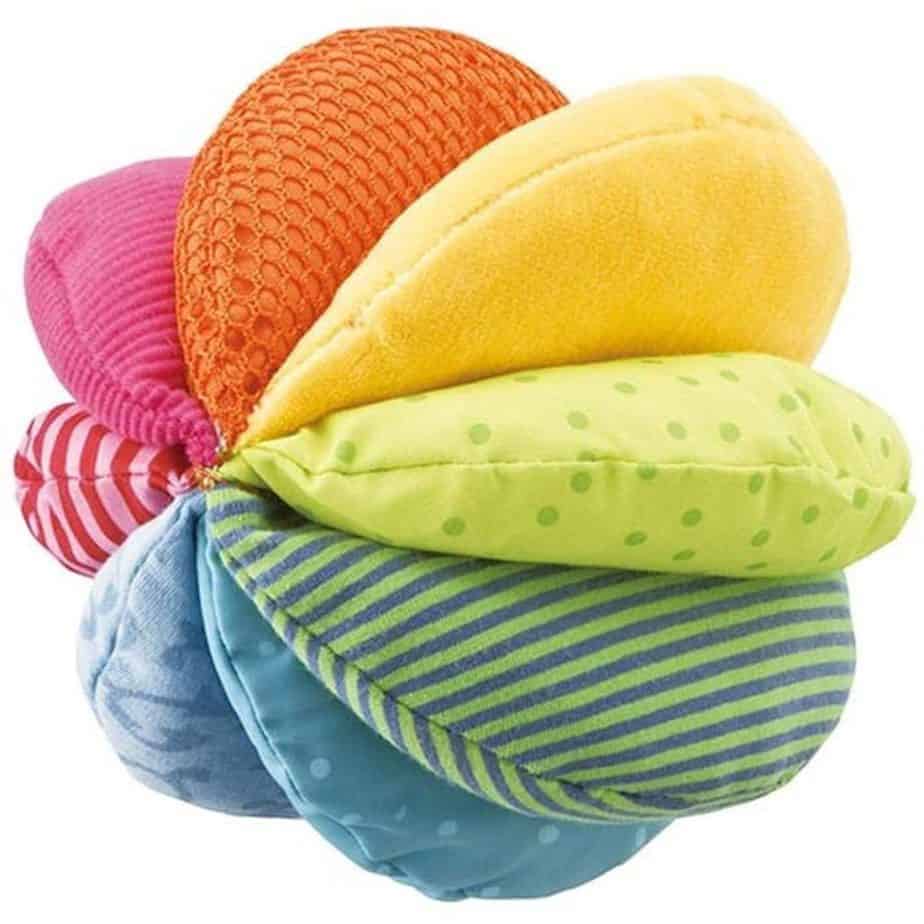Gift Guide– Top Art Supplies for Kids
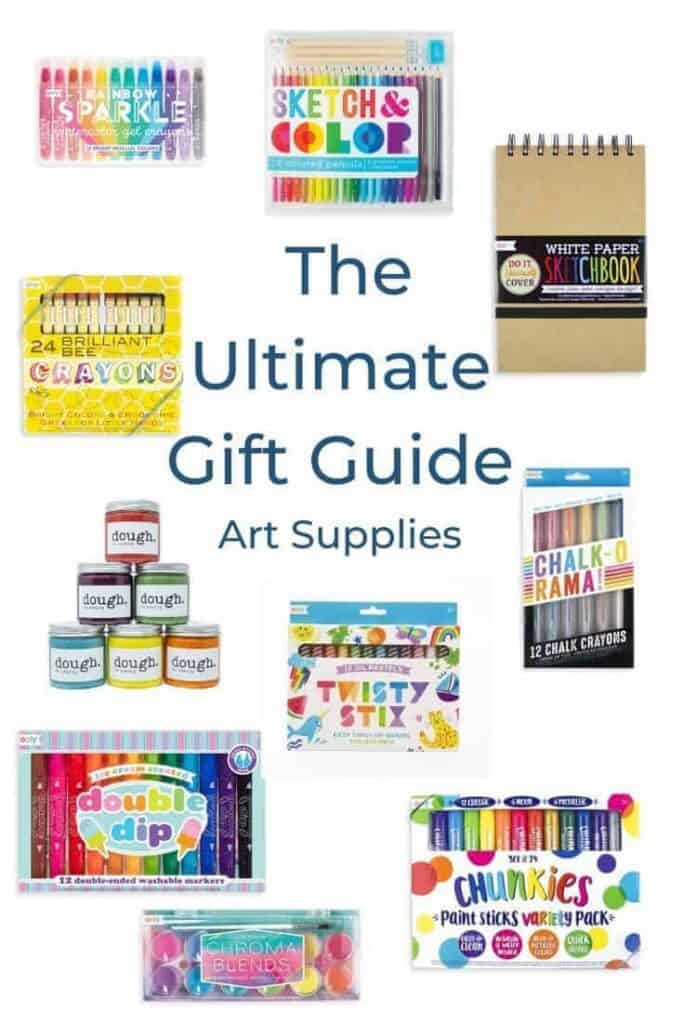
Art supplies for kids are always welcome in our house. Gift giving events like birthday’s and holiday’s always bring out an overload of stuff. So what do you ask for if you don’t want any more toys? Art supplies!
Art Supplies for Kids: The Best Gifts
If your home is anything like mine, art supplies are always needed. You lose caps and tops. Markers, paint and play dough dries out. The favorite color crayon gets chewed or broken. You get it. So art supplies are an easy thing to ask for that will satisfy those “must give a gift” givers in your life.
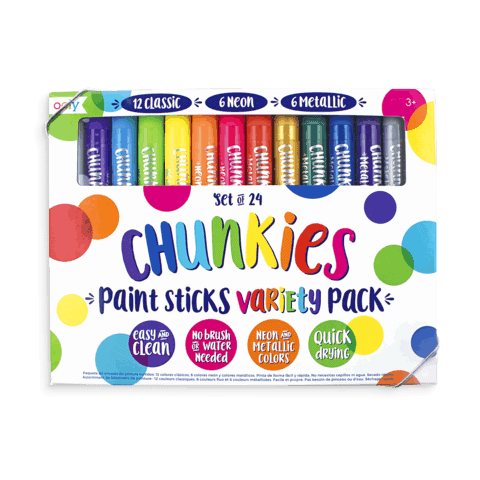
- Tempera paint: We love regular tempera paint for finger painting or using traditional paint brushes, but my kids are obsessed with these paint sticks. These Chunkies from Ooly make painting a little less messy for days when you just aren’t up for a full painting extravaganza. Which is most days….

2. Beeswax Crayons: Crayons are a staple for kids art supplies. We tend to lean towards beeswax crayons for the bold and vibrant colors. They are also more natural than your standard crayon. Our favorites are the Ooly Brilliant Bee Crayons.
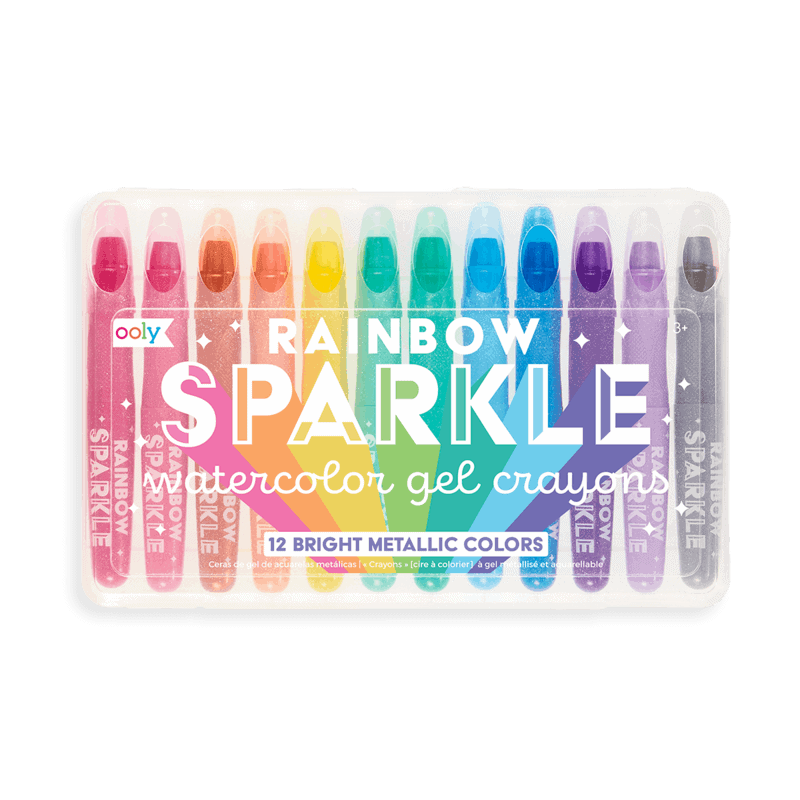
3. Sparkle Gel Crayons: We also recently got these sparkle gel crayons and my kids are OBSESSED. They glide so easily and have a touch of sparkle–so you get the glittery effect, without the glitter….
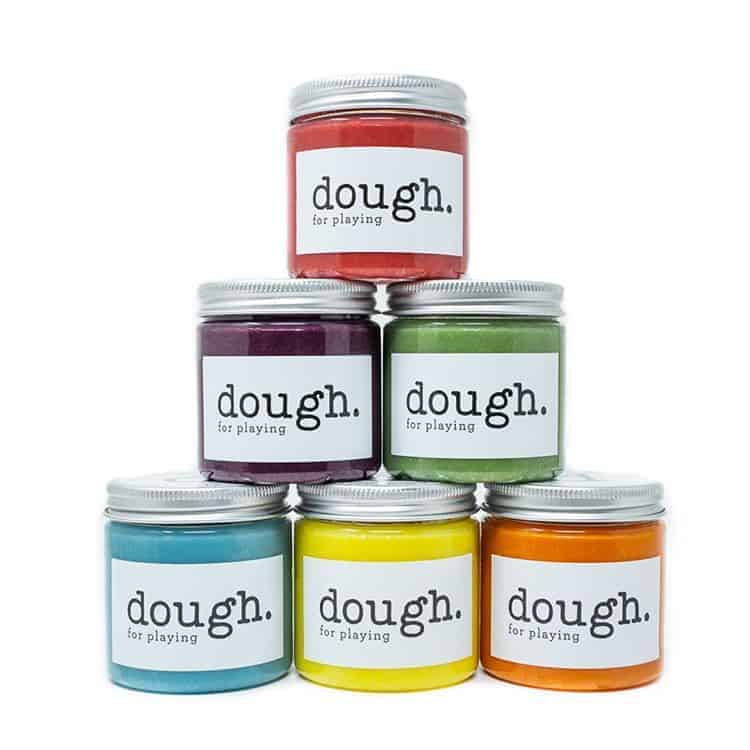
4. PlayDough: Did you know play dough is an amazing tool for developing hand strength and fine motor skills that are both pre-writing skills?
Little hands benefit so much from this type of manipulating, moulding, squishing, and rolling.
Our newest obsession is The Dough Project. You can buy them here. They make 100% all natural play dough out of all non-toxic ingredients. They also have “dough it yourself” kits where they send you all the ingredients, directions and even jars! Hello! This is such an amazing idea for birthday parties.
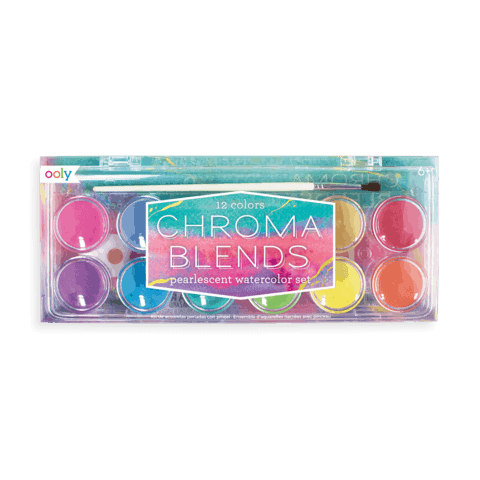
5. Watercolors: My kids really enjoy watercolor paints. I don’t know if it’s because it involves dipping something in water or what, but they are very different from “regular” paint and therefore we do like to have both options for them. They will routinely ask to do watercolors and this set is beautiful! I’m blaming this on my artist husband.
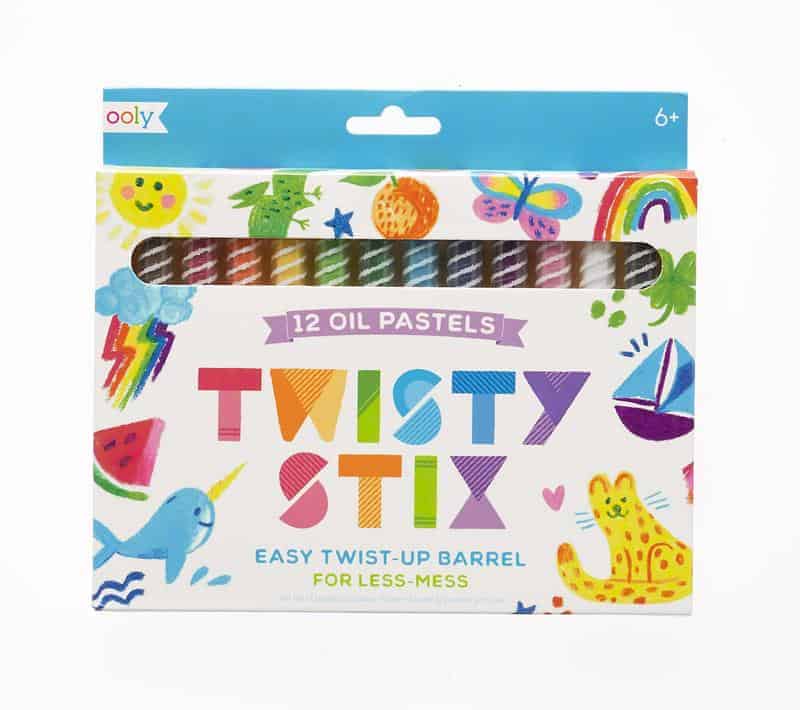
6. Oil pastels: Oil pastels are another one of our top kids art supplies. We love these because kids can use their hands to smudge, make finger prints, mix colors and generally get messy creating. They are sort of a mix between painting and drawing. I love the Ooly Twisty Stix because they are much less messy than your average oil pastel.

7. Colored pencils: My four year old is really starting to get into learning how to write, and he is working on his “pencil grip” so having colored pencils around is now my go to for when he wants to practice “writing” (I despise markers).
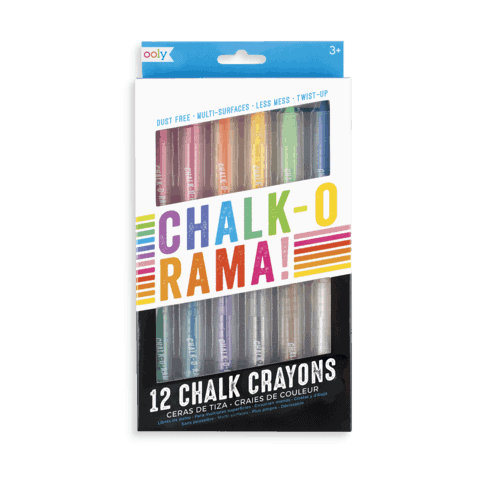
8. Dustless Chalk: Chalk is a staple and these Ooly dustless chalk crayons are awesome because you can use them on a chalkboard, glass, wood or whiteboard! Hello versatility!
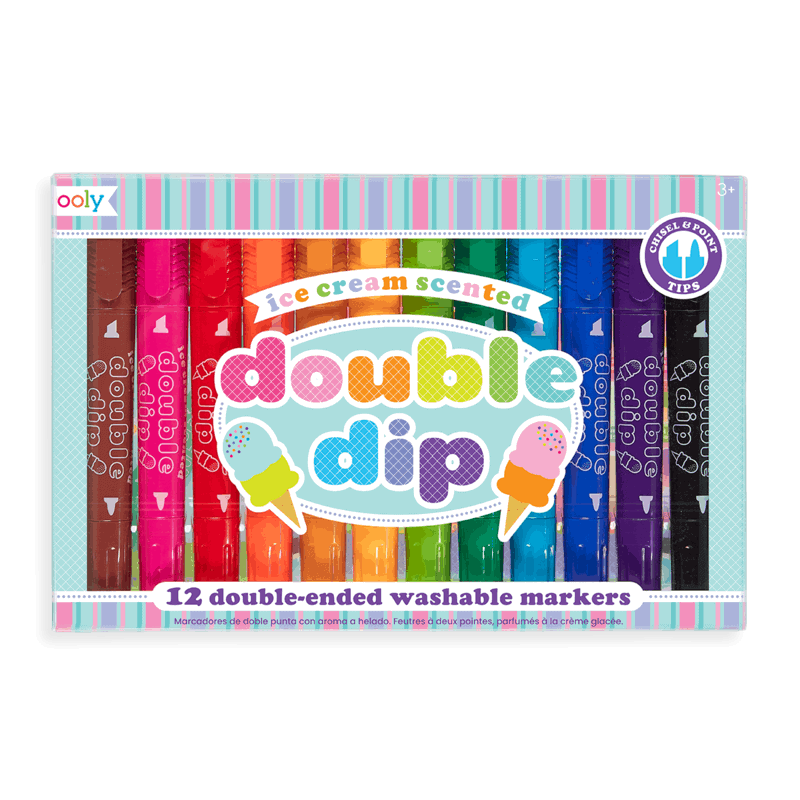
9. Double Sided Ice Cream Scented Markers: You can choose between thin or think colorful lines. Some scents are watermelon popsicle pink, apple gelato green, blueberry snow cone and grape popsicle purple.
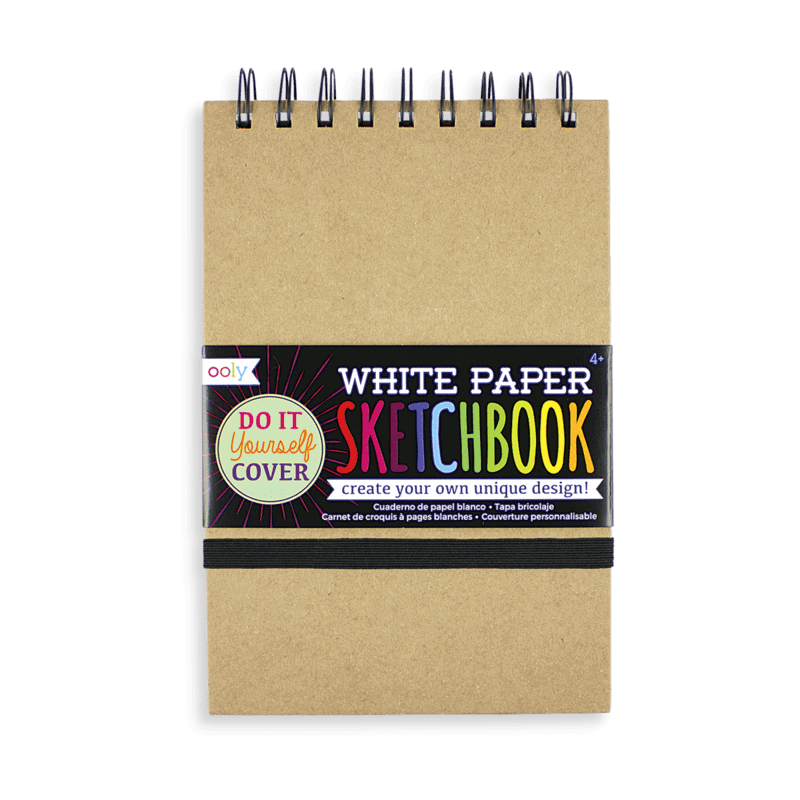
10. Sketch pad: This durable sketch pad is perfect for kids to keep all their doodles and art in one place. It’s bound at the top for easy flipping and contains 75 pages of heavier stock white paper–perfect for not so delicate artists.
Check out our latest posts.

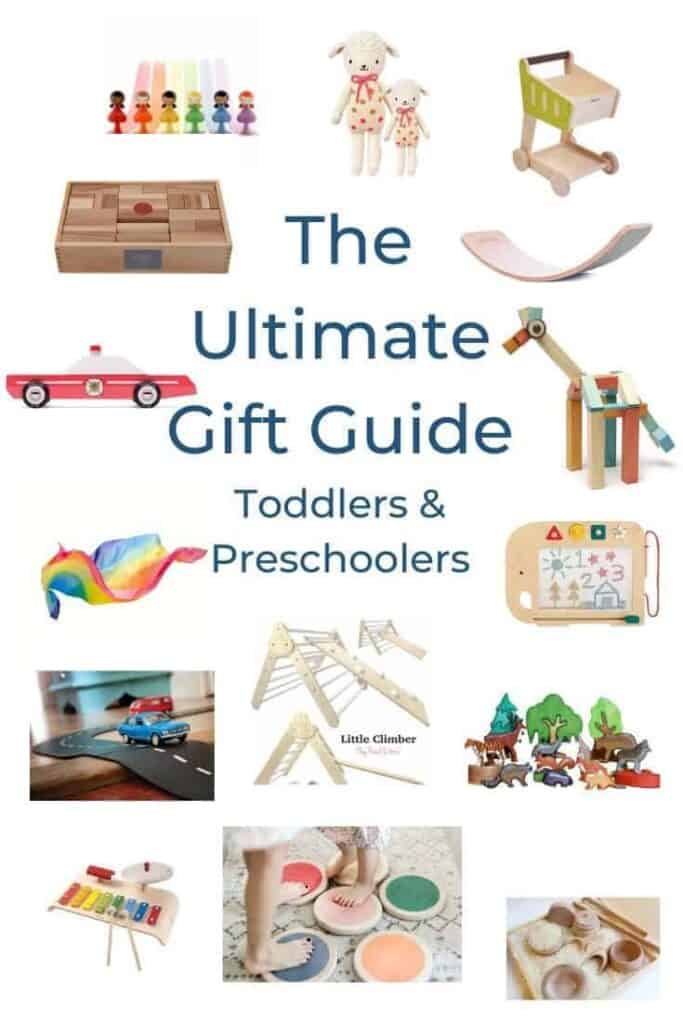
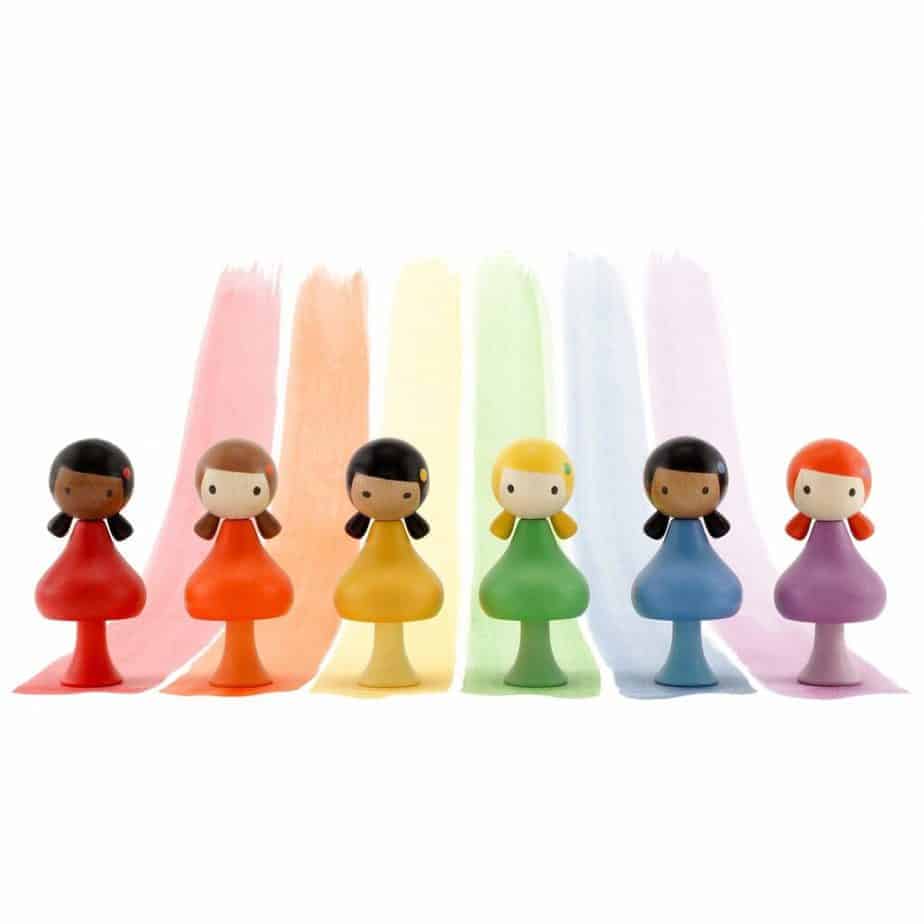






 8.
8. 